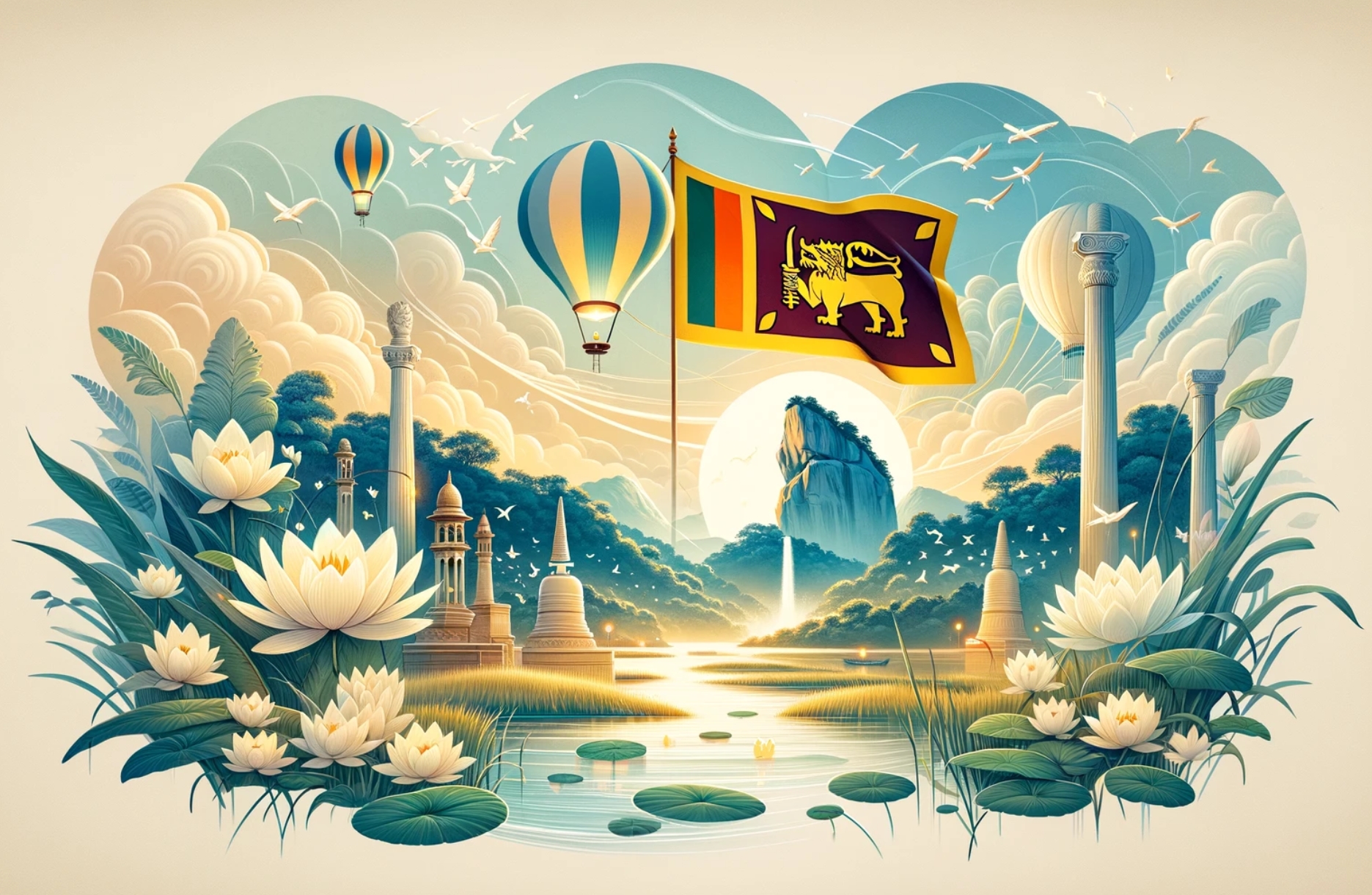Sri Lanka Celebrates 76th Independence Day
On 4th February, 2024, Sri Lanka celebrated 76th Independence Day. Sri Lanka got independence from British rule on February 4, 1948. This day holds immense significance for the people of the country as it marks the culmination of decades of struggle and aspirations for self-determination. Sri Lankans led a number of movements and legislative actions to achieve freedom from colonial rule.
Sri Lanka Independence Movement
Sri Lanka became a British colony in 1796. The Independence Movement began in the early 20th century and gained momentum through boycotts, strikes, and other forms of nonviolent resistance. The most notable events of Sri Lanka Independence Movement are as follows:
- 1796 – The British captured the Dutch controlled maritime provinces of Sri Lanka through the Treaty of Amiens. This marked the beginning of British rule.
- 1802 – The British fully captured Kandy, the last remaining independent inland kingdom, establishing complete control over the island.
- 1815 – The Kandyan Convention was signed, guaranteeing the privileges of the Kandyan aristocracy but making Ceylon a formal British colony.
- 1833 – The Colebrooke–Cameron Commission initiated a period of colonial reform but also centralised more control.
- 1884 – Formation of the Ceylon National Congress, Sri Lanka’s first major political party that advocated for self-governance.
- 1915 – Communal representation was introduced, beginning a rise of communal politics between the Sinhalese and Tamils.
- 1919 – The Ceylonese were granted increased self-governance powers and control of internal affairs by the Manning Reforms.
- 1931 – The Donoughmore Constitution gave Ceylon dominion status within the British Empire and universal suffrage.
- 1942 – Ceylon was occupied by Japan during WWII but recovered by the British by 1945, devastating the economy. In 1942 itself, the State Council of Ceylon passed a resolution demanding complete independence from British rule. This resolution put pressure on the British to move forward with the process of decolonization.
- 1947 – The Soulbury Constitution led to Ceylon’s formal independence as a Commonwealth nation on 4 February 1948.
- 1948 – Don Stephen Senanayake became the first Prime Minister ushering in self-rule while the British retained military bases and trade ties.
The most notable event is Soulbury Commission, that was formed in 1944 by the British government to create constitutional reforms and prepare Ceylon for self-governance. The Commission’s recommendations led to the Sri Lanka Independence Act being passed in 1947, which granted Ceylon independence as a Commonwealth Realm the following year.
Independence Day Celebrations
Independence Day is marked by an official flag hoisting ceremony by the President in Colombo. The day begins with the raising of the national flag followed by the President’s speech, which is nationally televised. A key part of the celebrations is a military parade displaying the strength of the armed forces. The parade includes a flyover by aircraft of the Sri Lanka Air Force and a display of tanks and other military vehicles. Cultural events showcasing traditional music, dance and cuisine are also held across the country.
Month: Current Affairs - February, 2024
Category: International / World Current Affairs


